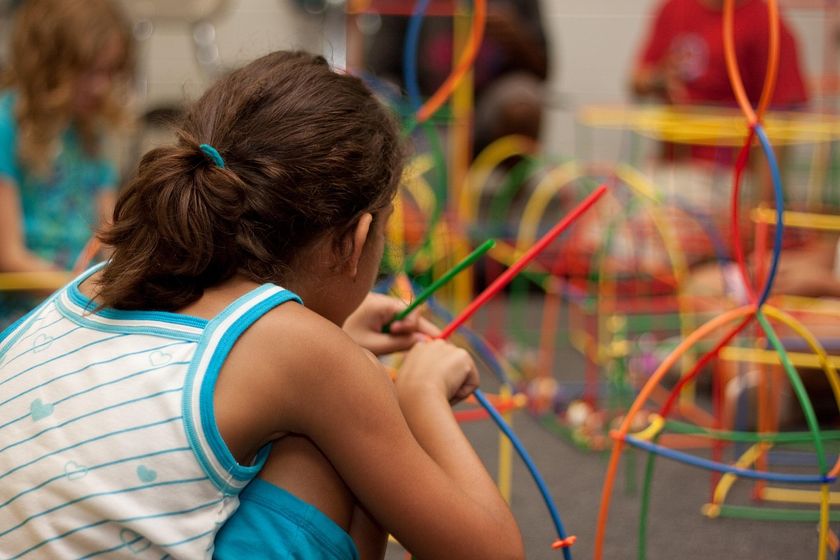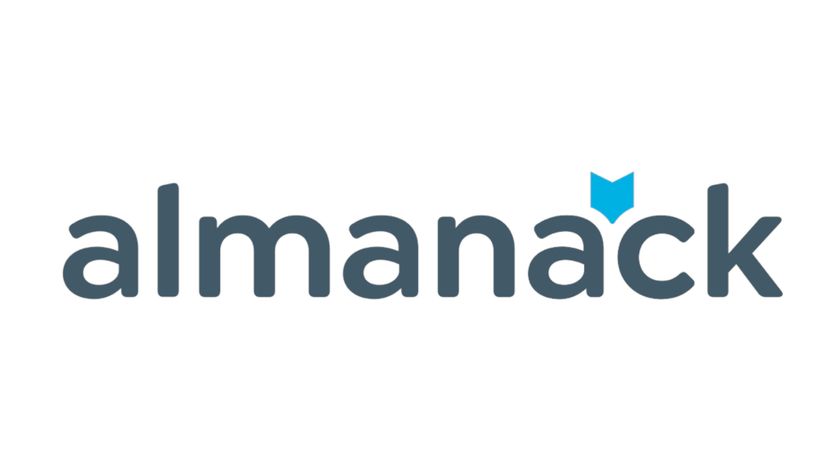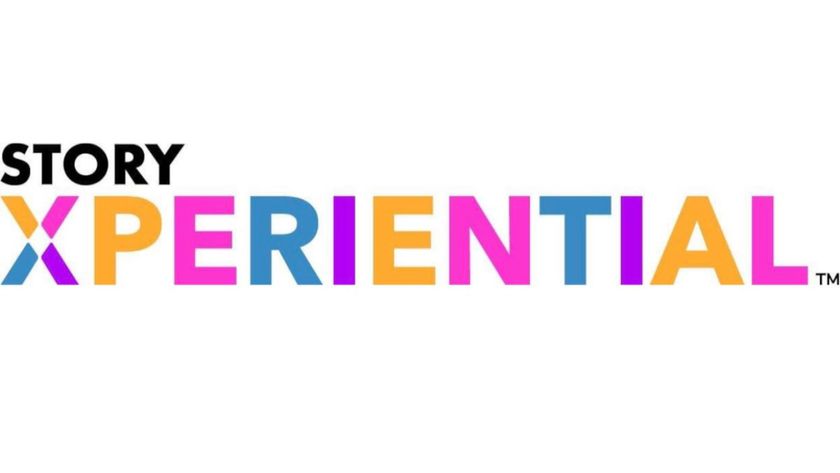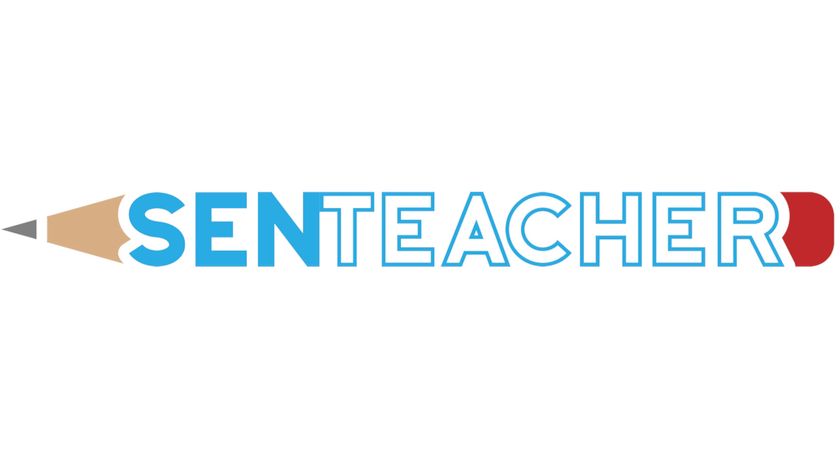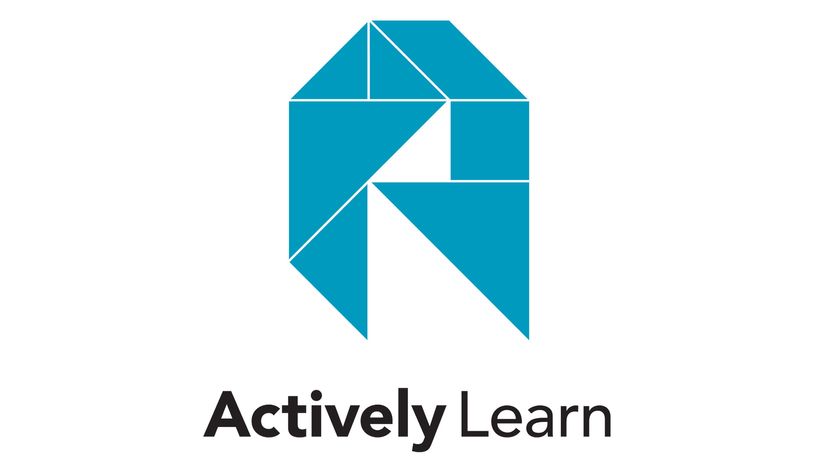What Grant Judges Look For in An Application
To impress grant judges, crafting a clear narrative that clearly state objectives, goals, budget, and processes is essential

You’ve picked the grant that you want to win. You’ve developed your ideas carefully. So what’s next?
Remember that grants are very competitive, so think about what the judges expect to see before you submit your proposal. You can even work backward and address each item as you compose your narrative.
How do you know what they are looking for? To start with, read information about the organization itself to get a sense of what is important to them. Why are they supporting education? What difference do they want to make? Check previous grants they’ve funded to see how close your idea is to other proposals they’ve liked in the past. And look for any criteria or list of scoring rubrics that they use.
For the most part, the criteria will include these:
- First, most funders require that your plan meets the requirements they have for supporting schools and districts.
- Second, you must have an important goal for students and their learning.
- Third, you must have organized your proposal in a compelling manner so they can find whatever points they are looking for.
- Fourth, you must have written your narrative in a way that separates your plan from others and shows yours is a cut above the rest.
- And last, your proposal and budget must be honest and transparent so it’s clear exactly what you will do with the money should they award you the grant.
Setting Goals
One of the most important aspects of your proposal is what you want to accomplish. Remember that judges are looking for meaningful goals. They want to know that you will use the funds to support a program that can make a real difference in your school or district.
Each goal you list should be supported by measurable objectives. Some of the most important goals that proposals can include are the following:
- Closing achievement gaps
- Closing opportunity gaps
- Making learning accessible to all students
- Improving mastery of academic skills
- Increasing family engagement
- Improving educator skills with professional development
- Developing skills to promote lifelong learning
The judges who review your grant proposal usually have a rubric or set of criteria to score a proposal so that it can be compared to other grant proposals. Usually, they rate each component on a scale that runs 1 to 5 from missing to weak, adequate, strong and excellent.
Tech & Learning Newsletter
Tools and ideas to transform education. Sign up below.
This is what a simple rubric might look like with criteria and a description of what judges could look for. They would rate each component on the scale above.
| CRITERIA | DESCRIPTION |
|---|---|
| Organization | The plan is well thought out, is communicated effectively, and the timeline is clear and more than adequate. |
| Technology | Requests for technology support a key purpose of the plan. |
| Assessment | There is a plan to evaluate achievement and get feedback for improvement. |
| Research | Outside research is cited as evidence that the plan will work as designed. |
| Staff Development | Support for teacher learning is included to support program implementation. |
| Narrative | The explanation provides the project’s rationale and demonstrates program integrity. |
| Budget | Request for funds provides adequate details aligns with the grant narrative. |
In addition, judges look for secondary criteria and while these often do not have an official point value, they matter. One is the application presentation and format; be sure you are well organized and everything is in order. Another is supporting data; show the data that proves the need in your school or district. In addition, show how you will leverage such things as existing professional development, technology support, and home-school connections. Be sure to include a detailed plan for program management and evaluation and describe your plans for sustainability. Grant givers want to be sure their money is well spent and that the improvements will continue well beyond the life of the grant.
There are also general criteria that apply to any proposal you write. You should follow instructions exactly, organize your thinking, and clearly state the need and benefits of your project for the short and long term. In addition, any proposal should be customized so you address the specific details the funder has outlined. This will improve your chances of making it to a final review.
Keeping grant criteria in mind as you write your proposal will help guide you to address everything and improve the likelihood of your proposal’s success.
Remember that judges are human. The organization that’s providing the funds has tasked them with choosing proposals that make a real difference for students. They will read your proposal to see if it is a compelling description of the way you will impact learning and achievement. Write your proposal so that it stands out above the others and gives judges a reason to pick yours as a winner.
Gwen Solomon was Founding Director of The School of the Future in New York City, Coordinator of Instructional Technology Planning for New York City Public Schools, and Senior Analyst in the U.S. Department of Education’s Office of Instructional Technology. She has written and co-authored several books and many magazine articles on educational technology.

